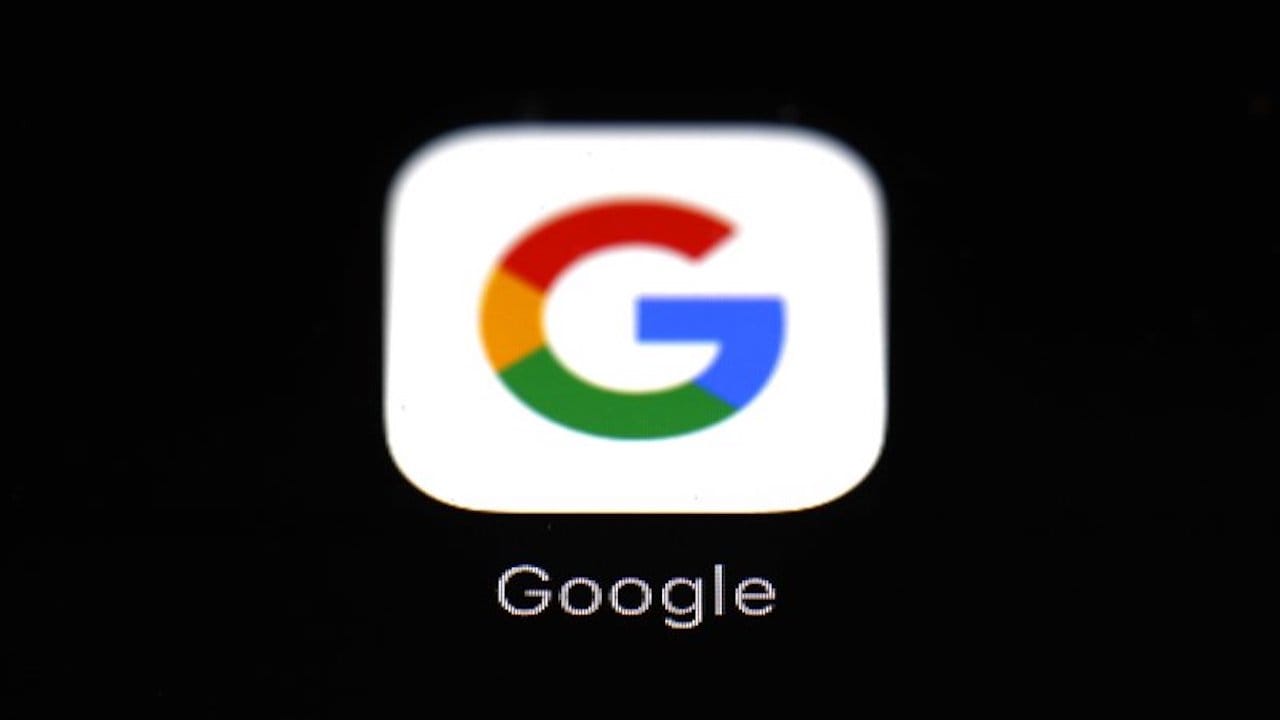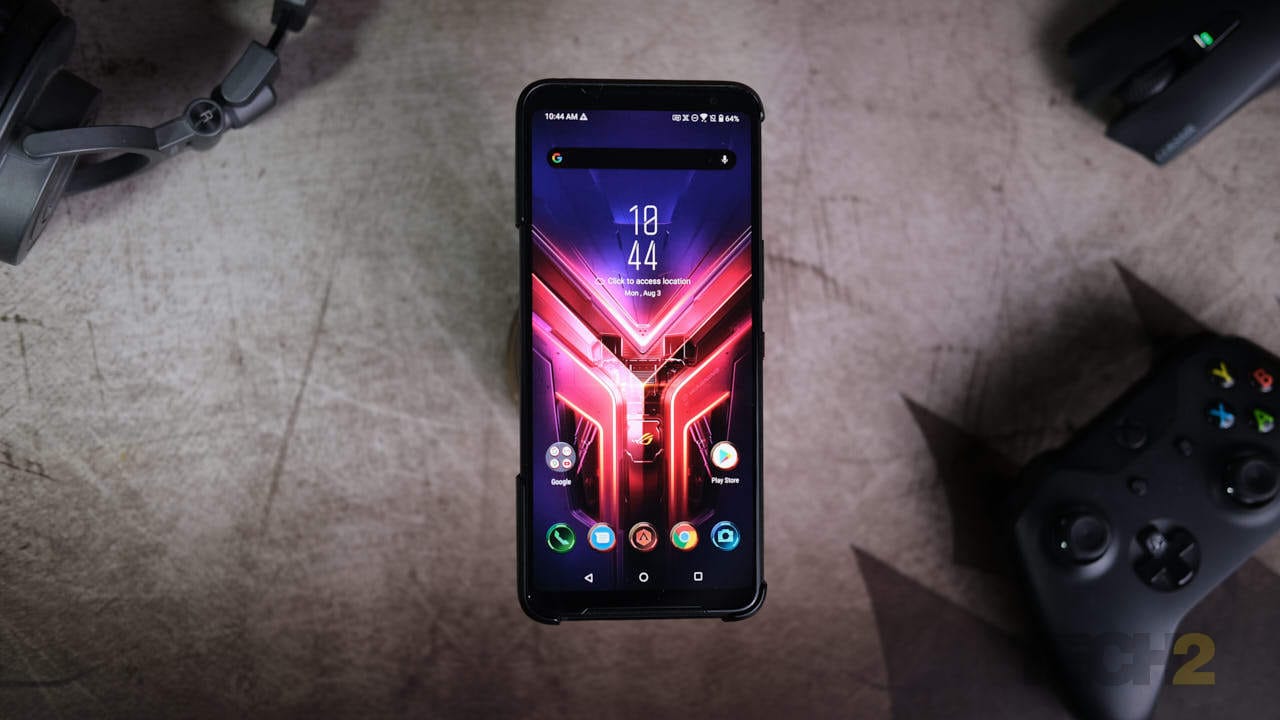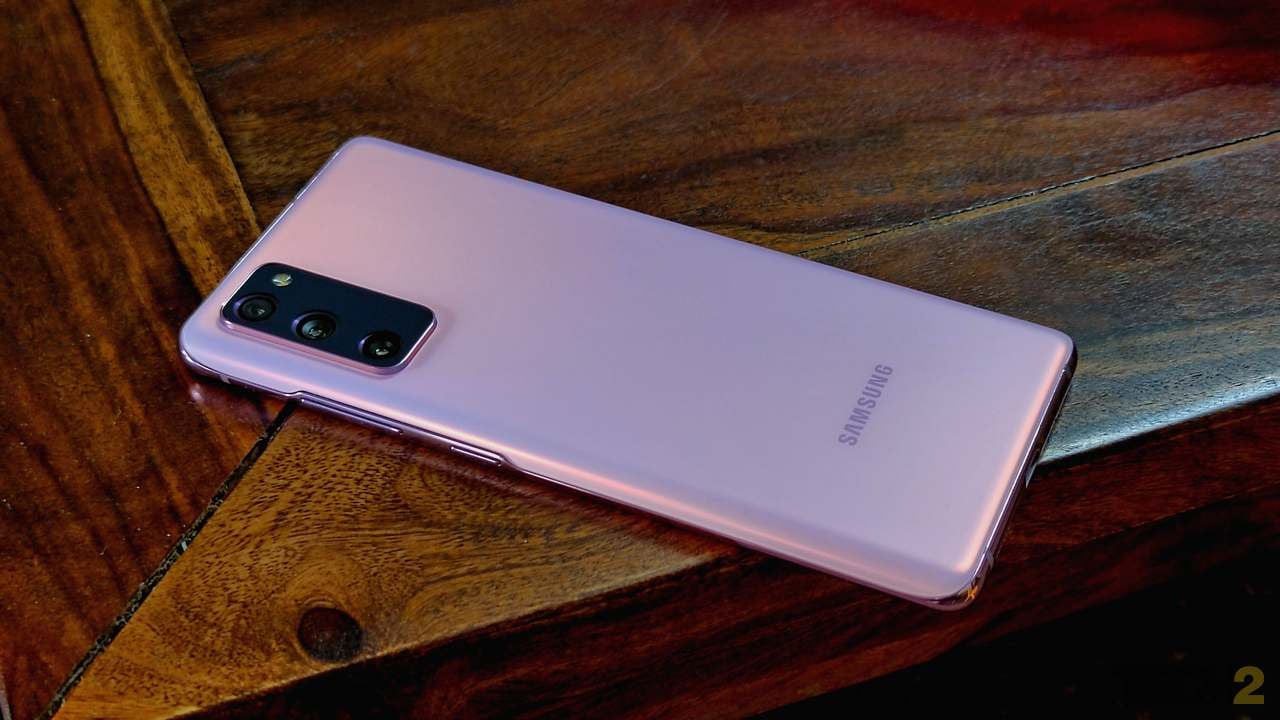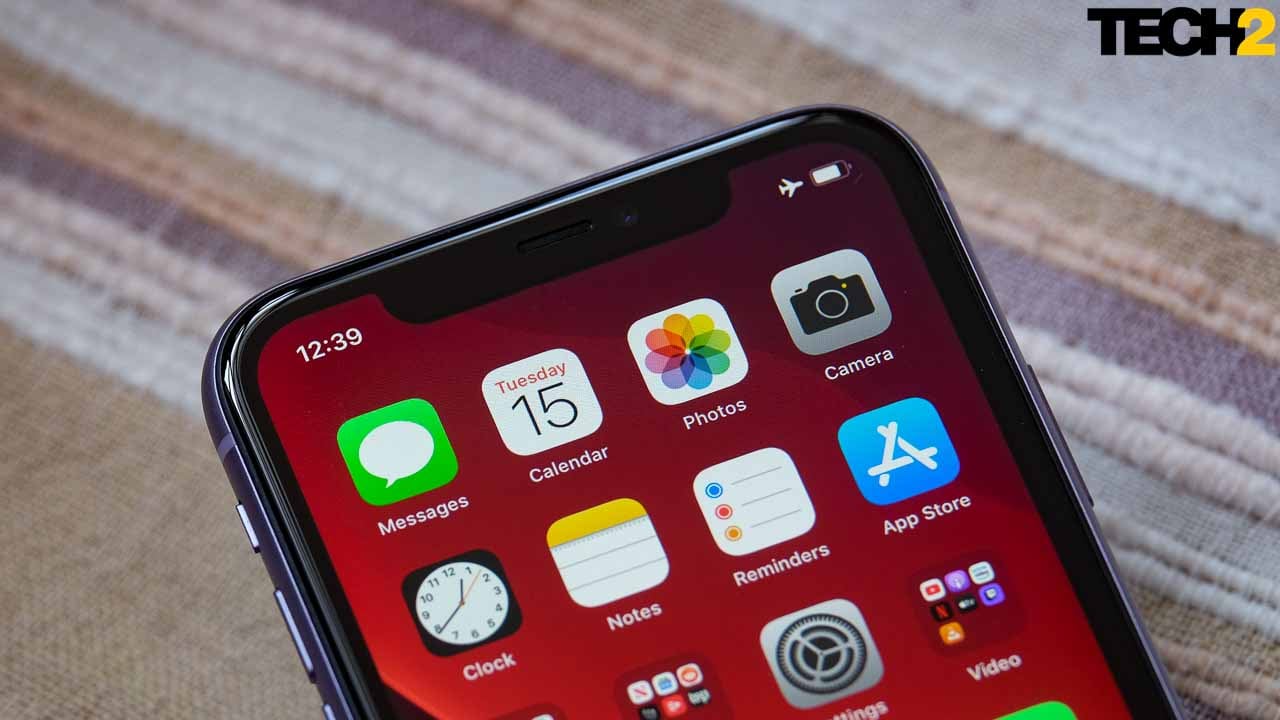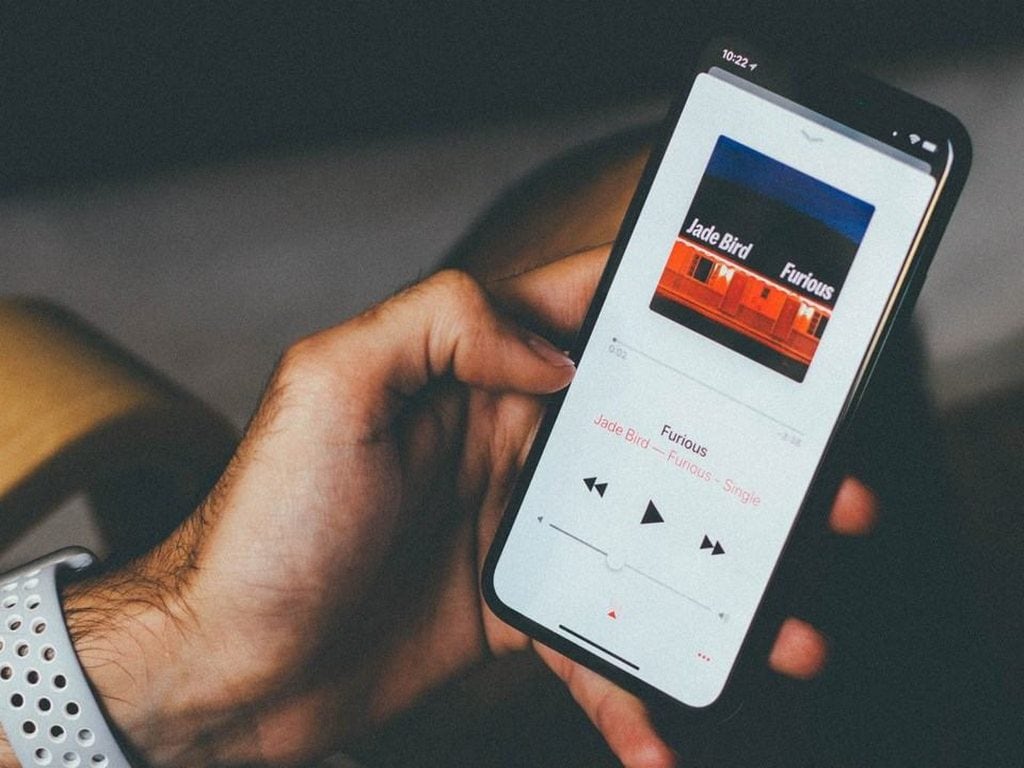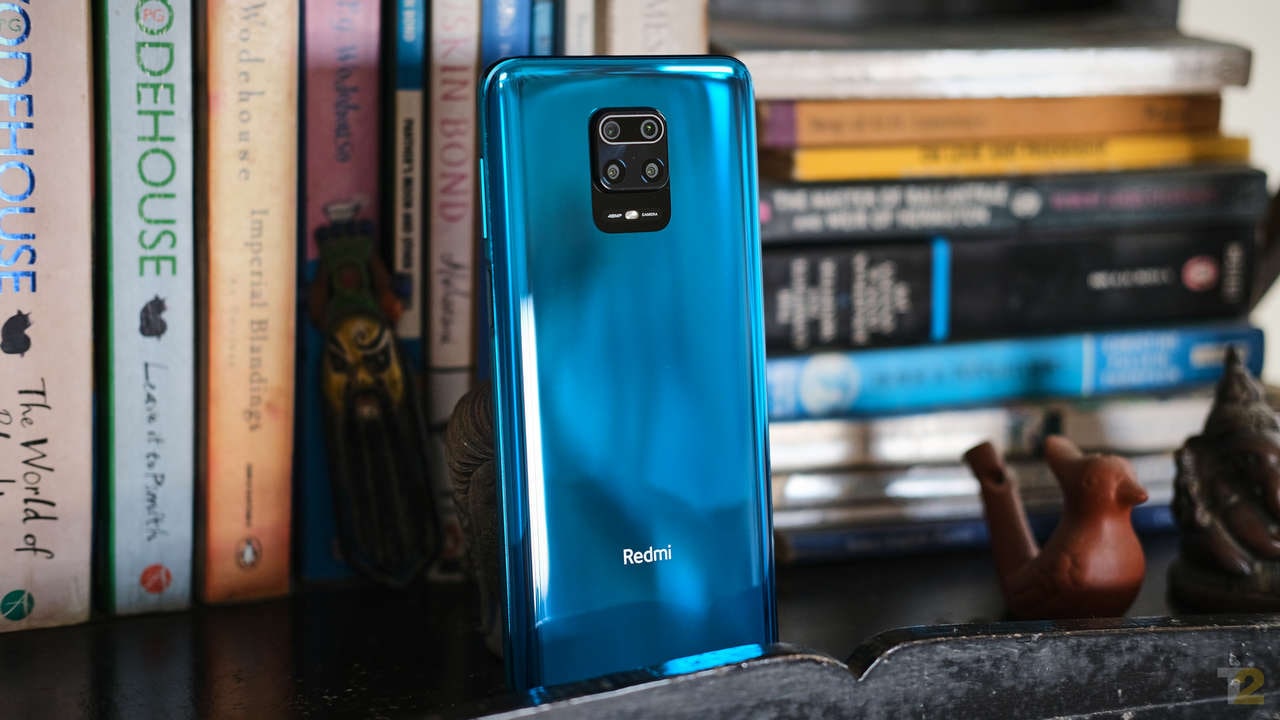Clubhouse and Twitter Spaces are the Goldilocks zone of conversation – they’re just right
Nandini YadavMar 31, 2021 17:08:48 IST
One of biggest tech trends of 2021 was the skyrocketing popularity of the audio-only app Clubhouse. From 2,000 downloads in September 2020, the app’s monthly downloads jumped to 2.4 million in January 2021. In February 2021, Clubhouse crossed 10 million downloads globally on the Apple App Store.
Unless you took social distancing a little too far and were living in a cave, you would know that Clubhouse is a social platform built around the “drop-in audio chat” model. It features ephemeral real-time voice conversations that any user can listen to and nobody can record.
From Elon Musk, Mark Zuckerberg, Oprah to Lindsay Lohan, Clubhouse has gathered a legion of high-profile users.
What’s so attractive about audio-only conversation?
For starters, the pandemic, the quarantine, the one-year of WFH, the hordes of people desperate for social connection, all of that together may have created the ideal conditions for the audio-only model to thrive.
Stanford professor Jeremy Bailenson, founding director of the Stanford Virtual Human Interaction Lab (VHIL) recently shared a study, according to which, ‘Zoom fatigue’ is real. Bailenson says these video calls are tiring people out more than usual.
Constant Zoom calls and meetings, longer work hours (than usual) have worn people down over time, and with so much fatigue, text-based social media can only go so far; audio is a natural alternative. Live conversations transmit more empathy than text chat, while needing less screen and seat-focused than video.
To some extent, the popularity of podcasts have laid the foundation for the audio-only model.
The audio-chat model also creates the excitement and unpredictability around eavesdropping on a conversation, which can be thrilling.
I also spoke to Amit Doshi, the founder and CEO of IVM podcast about what makes audio conversations so attractive. He says: “Conversations are something we all do everyday. It’s different from writing or addressing a group of people, conversations can be casual, deep, emotive, funny and everything in between. As the oldest mode of communication and something that comes very naturally to us, it’s a medium that allows for a deeper level of intimacy and authenticity.”
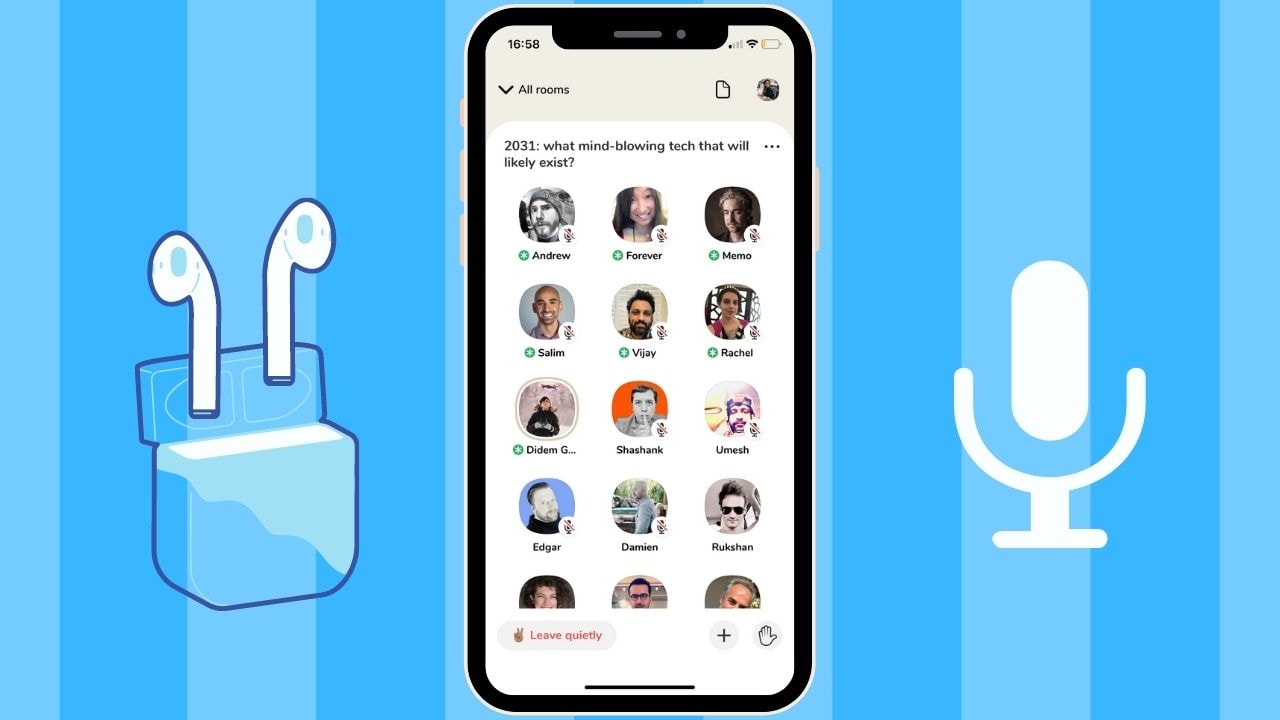
Audio conversations are slower, more considered, garners more engagement by design. Image: Nandini Yadav
Essentially, the audio conversations work well because they offer the best of the both worlds — of podcasts and webinars. You can drop in and out of a chat room, you can choose to be a passive listener or an active speaker. On Clubhouse, in particular, I also find the randomness very interesting – a conversation on Bitcoin can be followed by one on how to kick off a startup, or a discussion on women entrepreneurs, as opposed to the social media echo chamber we are by now accustomed to.
“Any content that is relayed via a single sense, in this case, audio, does not require our full attention in the sense that you can listen to something while sending emails, or cooking, or working out or any other task. This means that while you’re fully engaged and consuming the content, you are also able to devote your time to other tasks making it very easy to incorporate into your existing routine,” Doshi adds.
In effect, the audio-only medium is like the Goldilocks zone. It’s not as invasive as a video chat, but it’s also not as impersonal as a text; it’s voice, it’s intrinsic, it’s just right!
It’s made other social media platforms want a slice
Within weeks of Clubhouse’s popularity shooting up, other social media platforms like Twitter and Facebook jumped at the chance of gaining back the audience that Clubhouse may have lured away from them.
Earlier this month, Twitter started rolling out a feature called Spaces on the platform, which lets users join in on an audio-only conversation. You can choose to join as a listener or a speaker or switch between the two. The feature is now rolling out for most Android and iOS Twitter users globally, including India. While still an experiment, it is impossible not to see the inspiration.
Facebook, Instagram, Spotify, LinkedIn are also reportedly dabbling with a similar offering.
Is audio the future?
Audio doesn’t fit neatly into the always-on, hit-and-run, race-to-the-bottom formats of online content. It’s slower, more considered, garners more engagement by design and has taken a while to really gather steam. With the current renaissance in podcasting and sudden interest by big tech in ephemeral audio content, it appears that we’re on the cusp of something.
However, current social media platforms continue to struggle to regulate and make their spaces safe for its users. And considering audio moderation is harder to manage than text or images, platforms like Clubhouse and Twitter Spaces will have to do a lot more to keep harassment at bay. Twitter spokespersons have spoken at length about the evolving experiment that is Spaces, and how health and safety are top priorities going forward.






